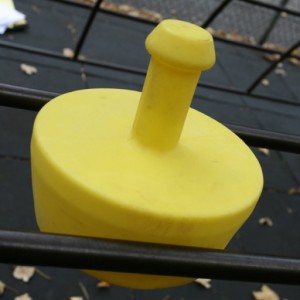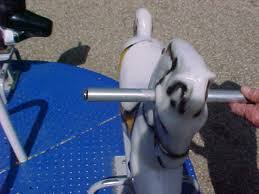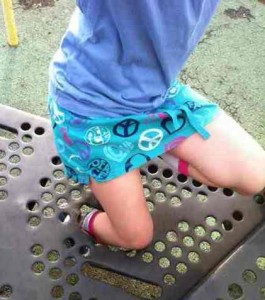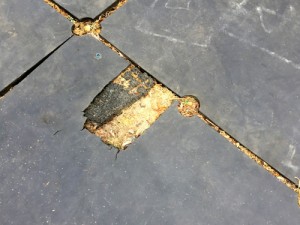Common Hazards Found During Playground Safety Inspections
Every CPSI observes a Code of Professional Conduct set forth by the National Certification Board and is familiar with the ASTM Safety Performance Specifications for Playground Equipment for Public Use. S/he bases audits and inspections on the standards described in this document that relate to surfacing materials, use zones, types of equipment, and recommends programs for establishing a standard of care. A CPSI identifies public playground hazards (entrapment, entanglement, crush and shear, protrusions, tripping ), ranks hazards according to injury potential, and helps clients to prioritize repairs and removals and to routinely inspect their playground equipment in order to reduce debilitating and life-threatening injuries.
At Trassig, we want the general public to be aware of possible hazards to watch out for. Most of all, we want all playgrounds to be maintained and safe!
What are common hazards on a playground?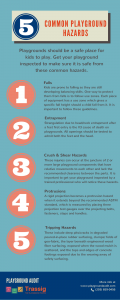
- Crush and Shear Points
- Entanglement or Impalement
- Entrapment
- Sharp Points, Corners, or Edges
- Tripping
- Suspended Hazards (ropes, wires, etc.)
- Used Tires (often used as playground accessories)
According to CPSI
Optimal Playground Design:
- Make sure the playground is accessible for children
- Different sections of the playground should be separated by age – children of different ages have different abilities
- Create a sign or a label on the playground indicating what age group the equipment is appropriate for
- Separate activities – if activities are clustered in one area this could cause injury
- Eliminate any obstruction from the supervisor’s view – all parts of the playground should be visible
- Design your playground based on who will be supervising the play – supervisors will have different levels of playground safety knowledge depending on the type of playground
Hazardous Playground Surfacing:
The surface of a playground should be protective. These are types of surfacing that are NOT appropriate and will NOT protect a child from a fall:
- Asphalt
- Untested Carpet
- Grass
- Dirt
- Wood Mulch treated with CCA
Source: Public Playground Safety Handbook
Educate yourself on these hazards. Have your playground inspected yearly. Check the playgrounds where your children play. Play sets can be two decades old, and playground standards have changed. Some sets aren’t up to current code. It is imperative to allow your children to play with risk in order to promote good sensory exposure, but these hazards are important to watch out for in order to avoid serious injury. Hazard identification can be achieved by one of our certified inspectors, however; the world will be a safer place if everyone becomes aware of the dangers of playground hazards and watches out for them.
As you must have an inspection yearly, choose us. We are happy to do it and supply you with the solutions you may need.

